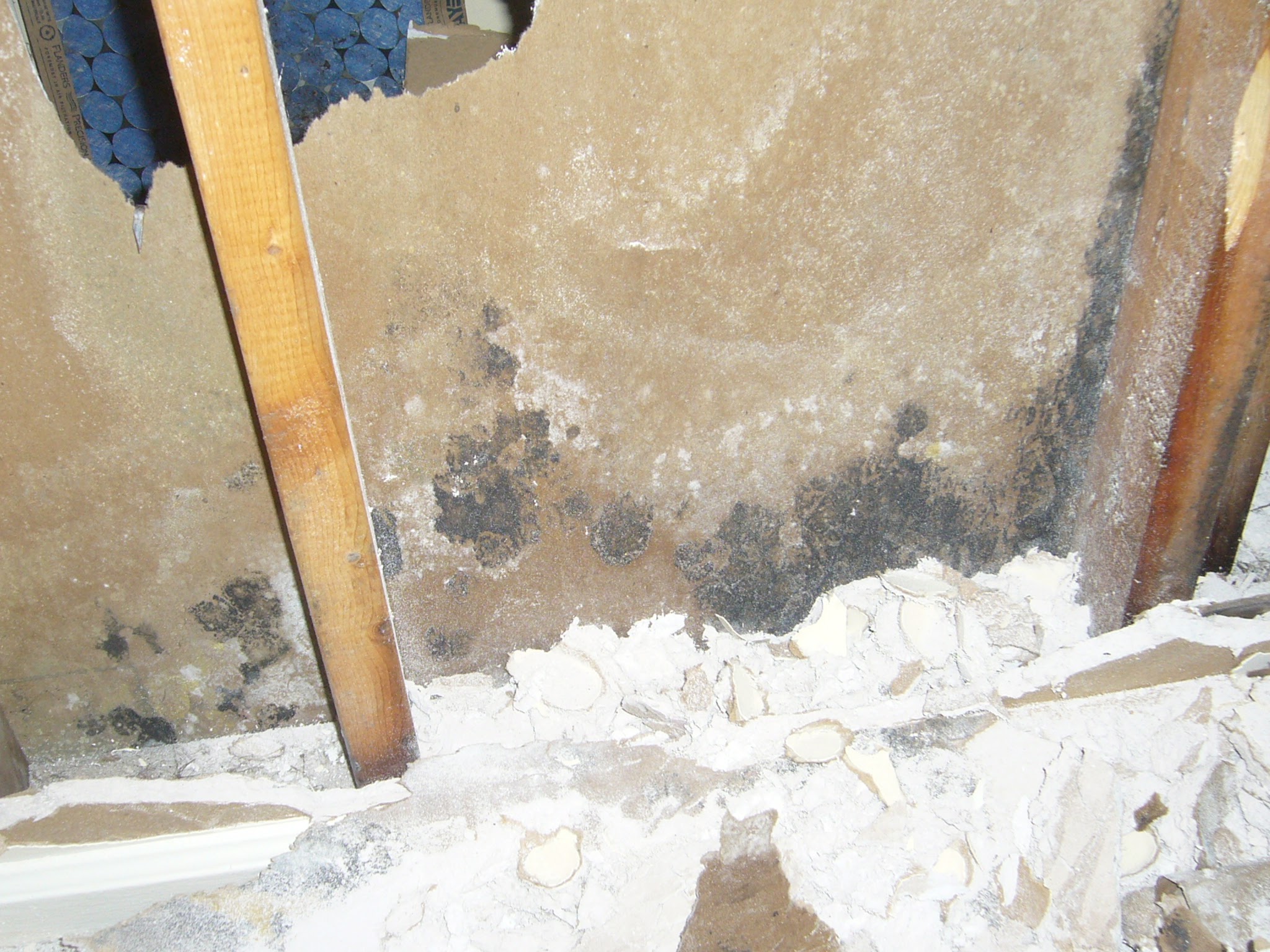Searching for Indications of Water Damage in the Bathroom
Searching for Indications of Water Damage in the Bathroom
Blog Article
The author is making a few good pointers regarding How to Prevent Bathroom Water Damage in general in this content on the next paragraphs.

The washroom is incredibly vulnerable for wet build-up and possible water damage as a result of the regular use water in it. This post provides straightforward assessment techniques to aid discovering water damages dangers.
The frequent use water in the restroom makes it exceptionally susceptible for wet accumulation and also prospective water damages. By checking it regularly, you can minimize water related problems.
The following collection of inspections is very easy to perform as well as need to be done as soon as in every three months in order to maintain your bathroom healthy and to avoid possible water damages brought on by the bathtub, the shower, pipeline joints and also plumbing, sinks, cupboards, and also the toilet
Do not disregard executing these inspections as well as be detailed while performing them. Bear in mind that these straightforward inspections can conserve you a great deal of money by supplying very early indications for water damage
Bath tub and also Shower
The shower and tub call for special interest and maintenance. Examine the tiles as well as change if broken. See to it that there is no missing grout in between the tiles. Examine and also replace split caulking at joints where the wall surfaces meet the floor or the tub. Obstructed drains as well as pipelines problems will certainly protect against the bathtub from drying and also may suggest severe troubles below the tub. Seek advice from a professional right away to stop structural damage. Focus on stainings or soft locations around the bathtub walls as they might show an internal leakage.
Plumbing
Signs for water damages are tough to spot considering that many pipelines are set up inside the wall surfaces.
Pay unique interest to floor covering and also wall surfaces dampness and also discolorations as they might show an unseen plumbing trouble. Examine dampness degrees in adjacent areas too.
Sinks and also Cabinets
Sinks and also closets are revealed to dampness and also moisture everyday as well as are commonly ignored. Check on a regular basis under the sink and also on the kitchen counter over it. Fix any kind of drip in the catch as it might recommend drainpipe troubles. Look around the sink, sluggish draining pipes may indicate a blocked drain. Replace sink seals if they are cracked or loose.
The Toilet
The commode is a vulnerable water joint. Examine the water lines and also look for leakages around the bathroom seat, in the pipe, as well as under the water storage tank. If you discover any type of indications of moisture on the floor around the toilet, look for leakages in the toilet edge as well as storage tank seals.
Understand that hanging toilet bowl deodorants raises the opportunities for obstructions.
TIPS TO PREVENT WATER DAMAGE IN THE BATHROOM
The average household uses approximately 80-100 gallons of water per person per day. For a family of 4, that's almost 2,500 gallons of water a week! The largest portion of this consumption comes from bathroom use. Flushing the toilet uses the most water, followed by taking a shower or bath. With that much water running through the home, water damage in the bathroom is bound to happen. Knowing how to spot signs of a water leak is essential to preventing long-term damage. This guide provides you with tips to reduce the impact of water damage on your bathroom.
CAUSES OF BATHROOM WATER DAMAGE
Pipe breaks are the most common cause of water damage we see in our daily jobs. The age of a pipe plays a large role in a pipe break as well as corrosion. Over time, the metal begins to break down, allowing water to escape. Frozen pipe breaks are also a concern in the winter months. Toilet overflows caused by paper products or children flushing inappropriate items. Degraded caulking around the toilet or bathtub can allow water seepage, sometimes behind the fixture, into the subfloor or walls. Condensation forms when the water in a pipe is cooler than the air temperature. Beads of water form on the exterior of the pipes, sometimes so much so that the water begins to drip and pool below. Sink or shower backups created by poor drainage. HOW TO PREVENT WATER DAMAGE IN YOUR BATHROOM
Inspect your toilet supply line for worn or frayed hoses and replace them as needed. Winterize your plumbing to prevent a frozen pipe break. Use vent fans to prevent condensation that can lead to mold growth. Routinely check and replace degraded caulking around your toilet or bathtub. Increase the temperature in your toilet tank and insulate your pipes during the warm summer months to keep condensation from forming. Use child safety locks on the toilets. Flush only toilet paper. "Flushable" wet wipes are actually not good for your plumbing system. Additionally, feminine hygiene products should not be flushed. Prevent water from escaping the tub or shower. Make sure shower curtains are in good condition. Inspect shower doors and replace the seal strip if necessary. Wipe up any water that accumulates on the floor and use bath mats. Water left to sit can cause damage to the tiles and flooring. Refrain from using bath products containing heavy oils to avoid a clogged drain.

As a passionate person who reads on Looking for Signs of Water Damage in the Bathroom, I was thinking sharing that excerpt was smart. If you appreciated our blog posting plz remember to share it. We cherish reading our article about How to Repair and Prevent Bathroom Water Damage.
Book A Free Estimate Report this page